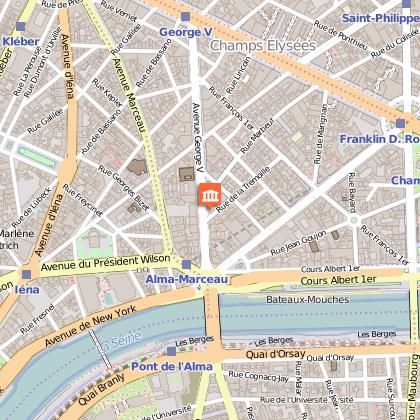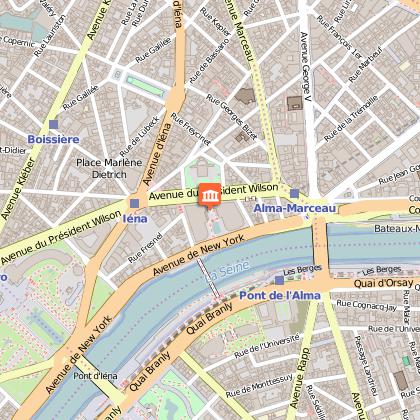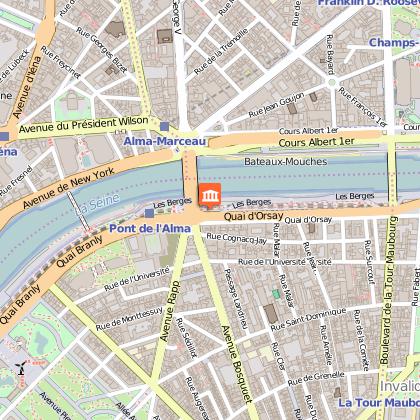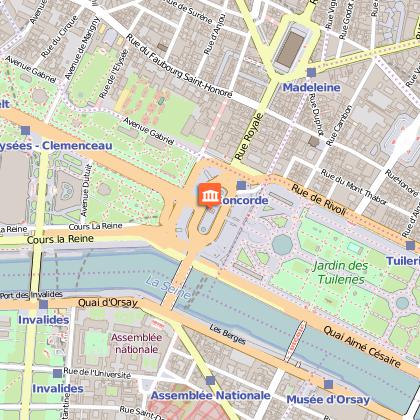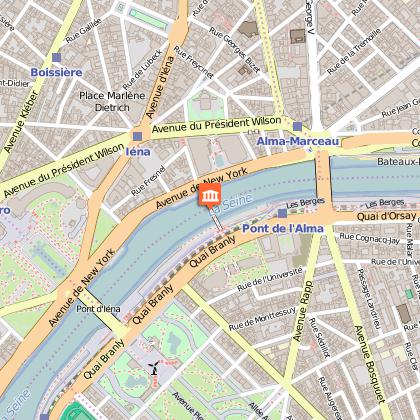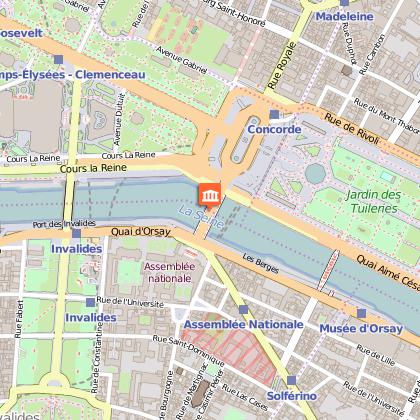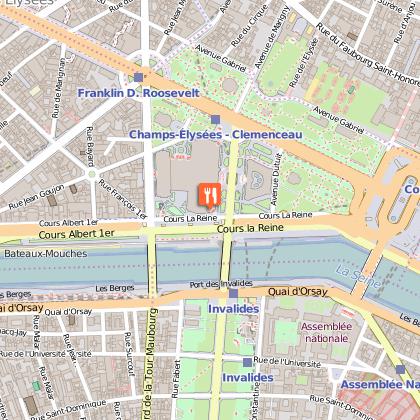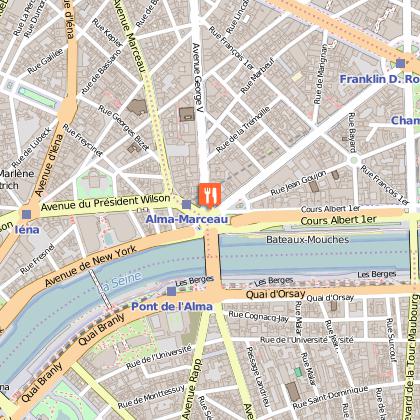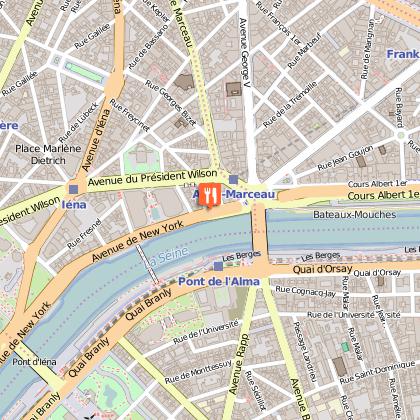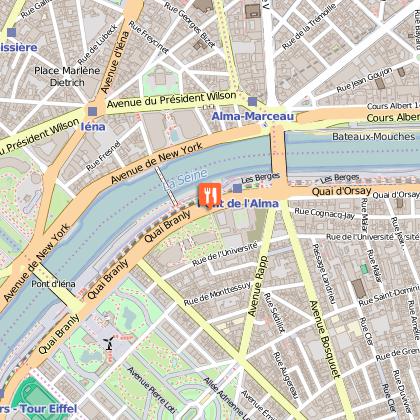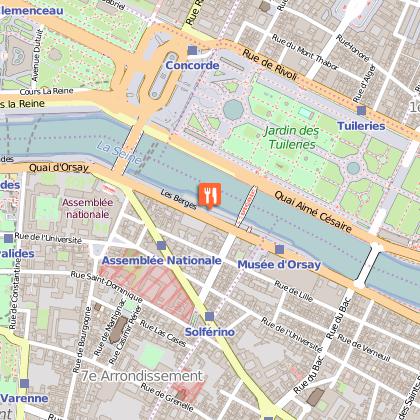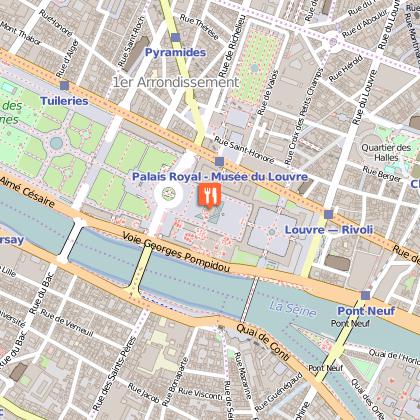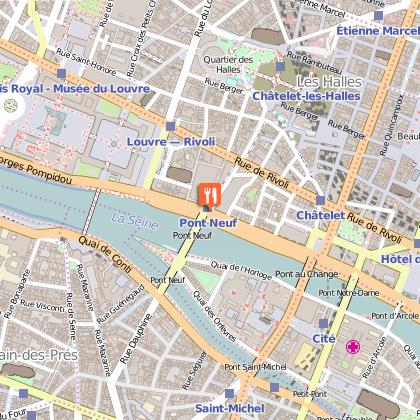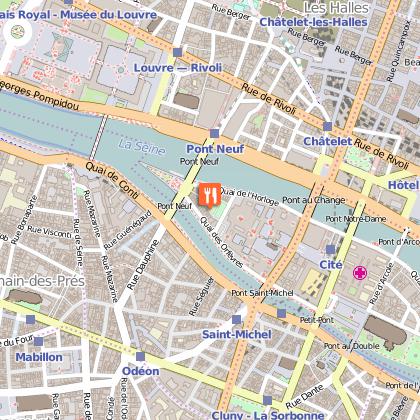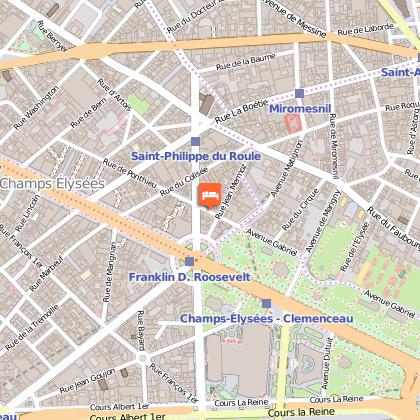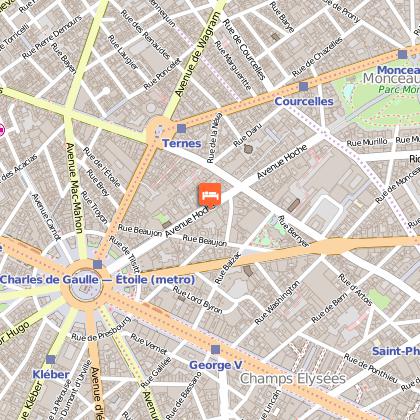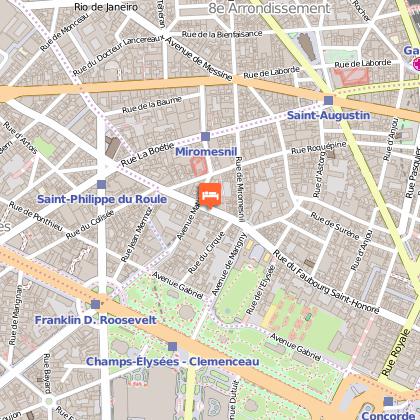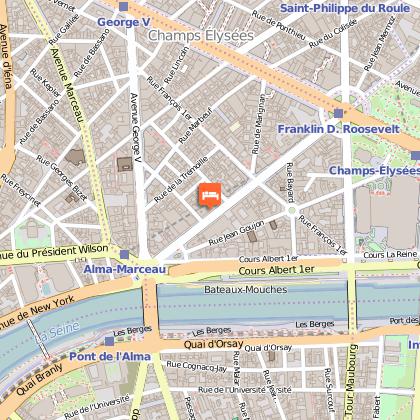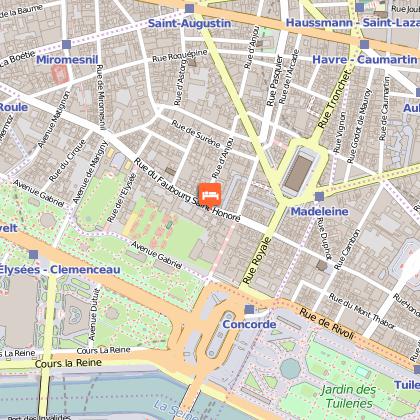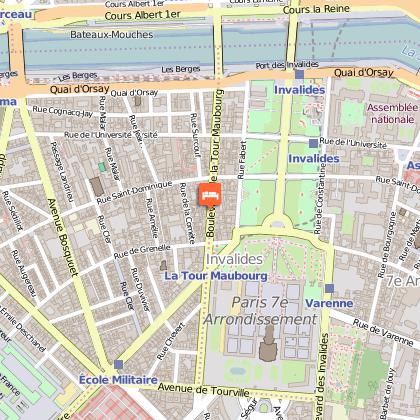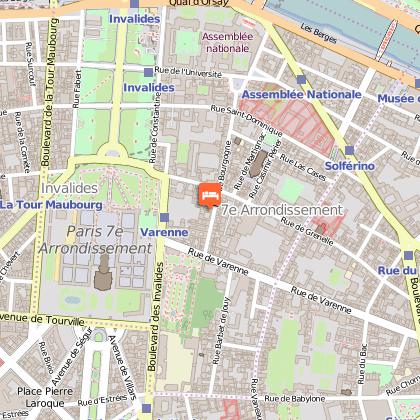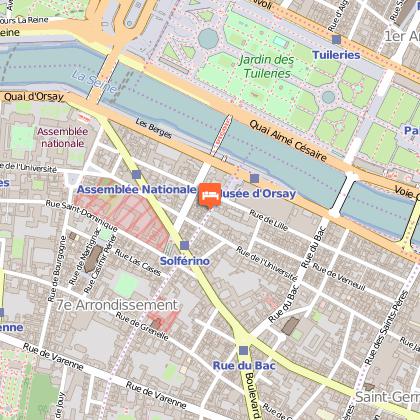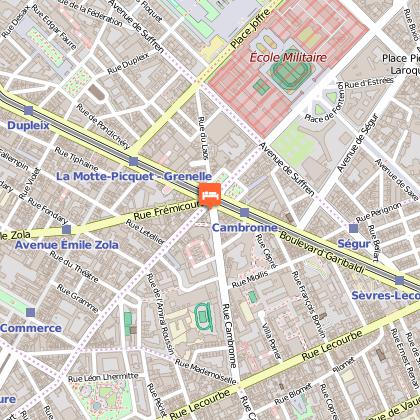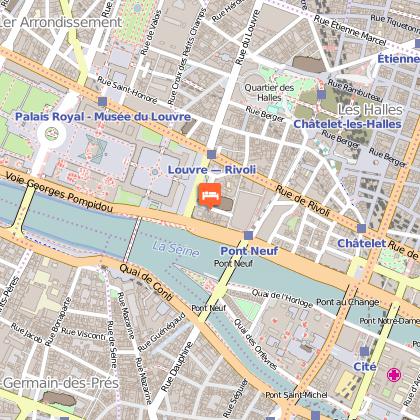Tours
Activities
Places of interest
Where to eat
Where to sleep
Unveil Paris with SPLENDID SARL hotel
Are you the owner?Welcome to the page of SPLENDID SARL hotel, perfectly located in the prestigious 8th arrondissement of Paris. Explore the surroundings and let yourself be charmed by the elegance and allure of this iconic part of the French capital.
Just steps away from our hotel, delve into the history and splendor of the Champs-Élysées Avenue, often described as the most beautiful avenue in the world. Stroll a...See more
Just steps away from our hotel, delve into the history and splendor of the Champs-Élysées Avenue, often described as the most beautiful avenue in the world. Stroll a...See more
Walking around SPLENDID SARL
See more suggestionsDiscover the walking paths of SPLENDID SARL.
See more suggestionsWhat to do in SPLENDID SARL
See more suggestionsFind the best activities in SPLENDID SARL and book easily online.
See more suggestionsIGN cards

2314OT - PARIS FORÊT DE MEUDON FORÊT DE FAUSSES REPOSES
Editor : IGN
Collection : TOP 25 ET SÉRIE BLEUE
Scale : 1:25 000
13.90€

190 PARIS CHANTILLY FONTAINEBLEAU
Editor : IGN
Collection : TOP 100
Scale : 1:100 000
8.40€

118 PARIS CHARTRES PNR DE LA HAUTE VALLÉE DE CHEVREUSE
Editor : IGN
Collection : TOP 100
Scale : 1:100 000
8.40€

108 PARIS ROUEN BEAUVAIS PNR DU VEXIN FRANÇAIS
Editor : IGN
Collection : TOP 100
Scale : 1:100 000
8.40€

109 PARIS COMPIÈGNE PNR OISE-PAYS DE FRANCE
Editor : IGN
Collection : TOP 100
Scale : 1:100 000
8.40€

D75-95 ÎLE-DE-FRANCE OUEST
Editor : IGN
Collection : CARTES DÉPARTEMENTALES IGN
Scale : 1:150 000
5.90€

D77 SEINE-ET-MARNE
Editor : IGN
Collection : CARTES DÉPARTEMENTALES IGN
Scale : 1:150 000
5.90€

D28 EURE-ET-LOIR
Editor : IGN
Collection : CARTES DÉPARTEMENTALES IGN
Scale : 1:150 000
5.90€

NR01 HAUTS-DE-FRANCE
Editor : IGN
Collection : CARTES RÉGIONALES IGN
Scale : 1:250 000
6.80€

NR08 CENTRE-VAL DE LOIRE
Editor : IGN
Collection : CARTES RÉGIONALES IGN
Scale : 1:250 000
6.80€

NR03 ÍLE DE FRANCE
Editor : IGN
Collection : CARTES RÉGIONALES IGN
Scale : 1:250 000
6.80€

801 FRANCE NORD OUEST
Editor : IGN
Collection : CARTES NATIONALES IGN
Scale : 1:320 000
6.10€

EUROPE
Editor : IGN
Collection : DÉCOUVERTE DES PAYS DU MONDE IGN
Scale : 1:2 500 000
7.00€
What to visit in SPLENDID SARL
See more suggestionsSavor the local cuisine of SPLENDID SARL.
See more suggestionsWhere to eat in SPLENDID SARL
See more suggestionsFood enthusiasts will love SPLENDID SARL's restaurants.
See more suggestionsWhere to sleep in SPLENDID SARL
See more suggestionsChoose a comfortable accommodation in SPLENDID SARL.
See more suggestions



















